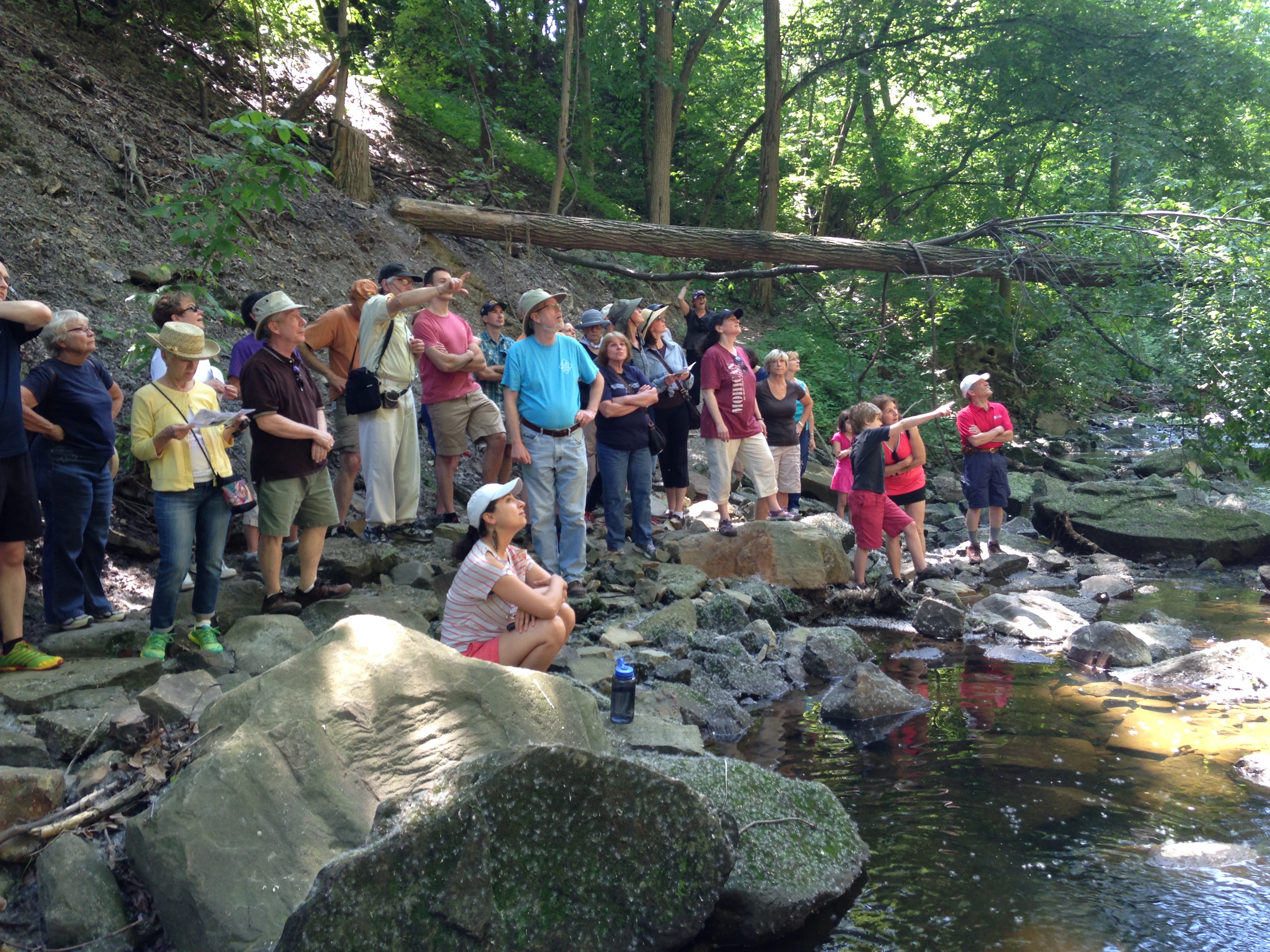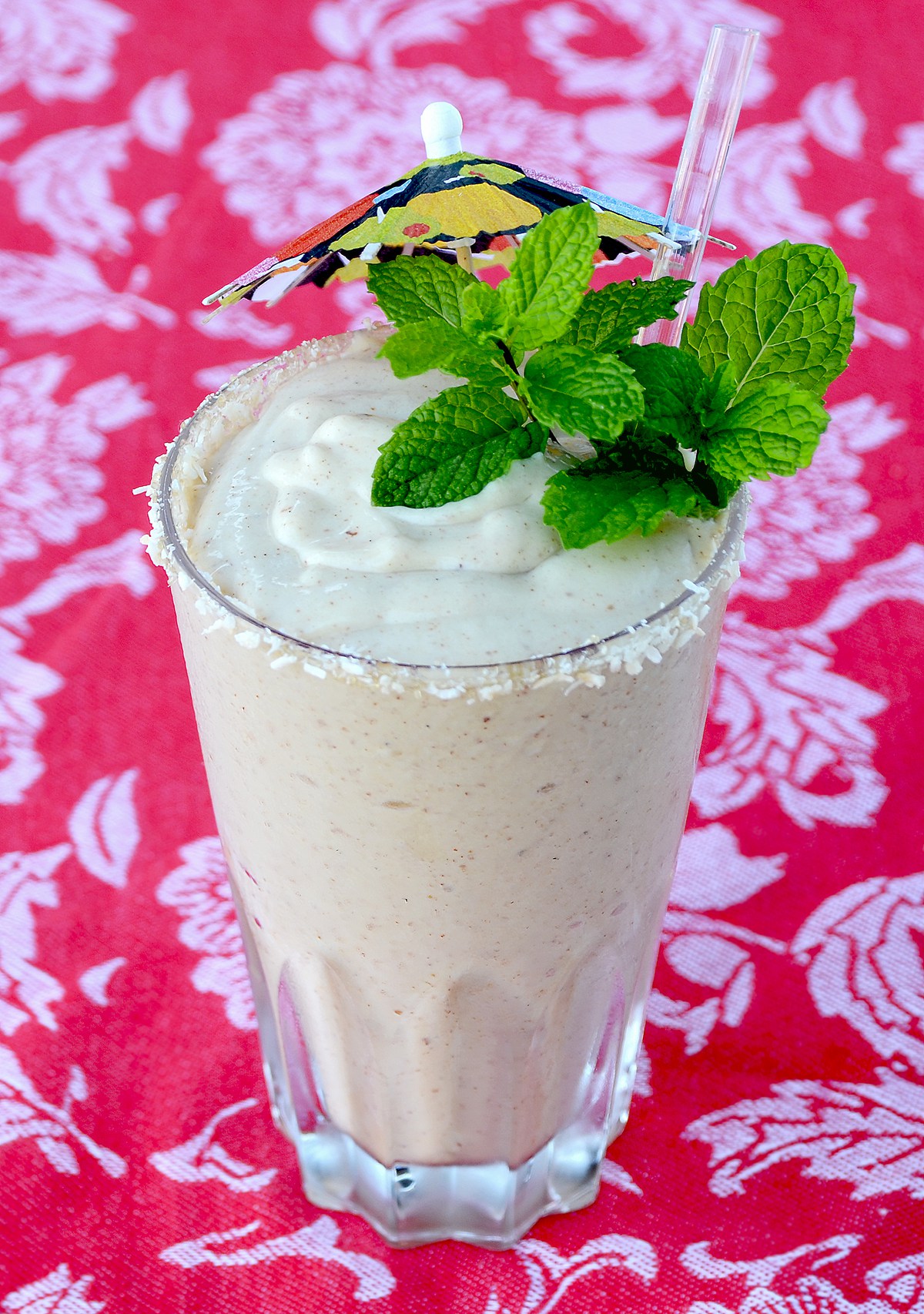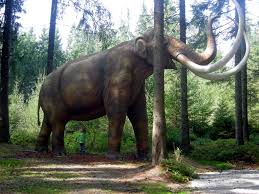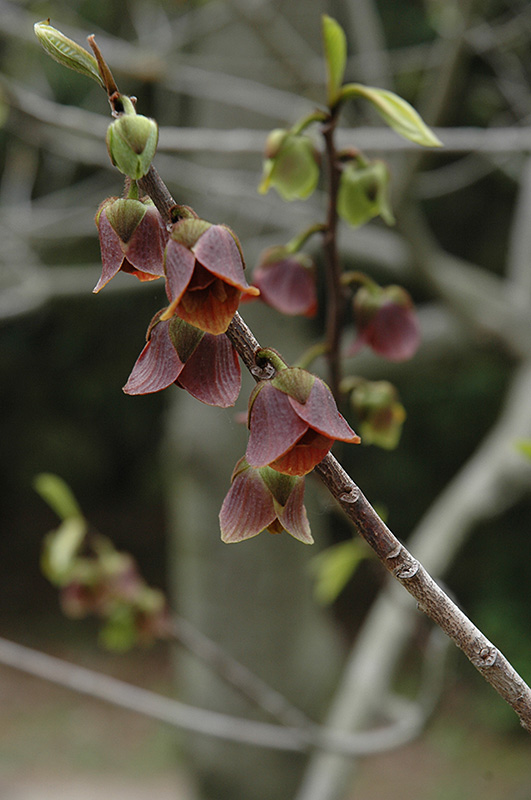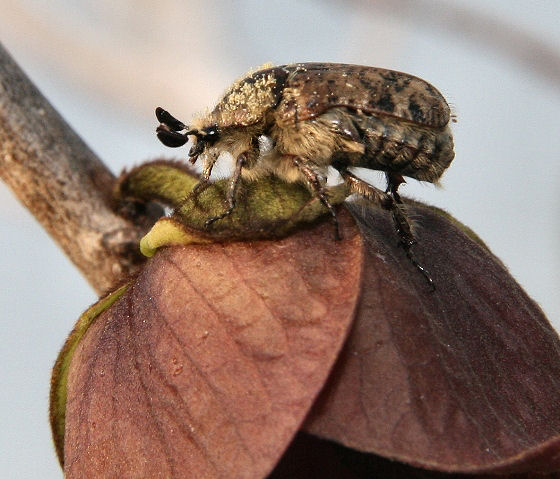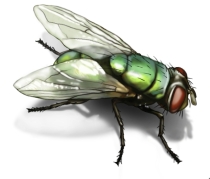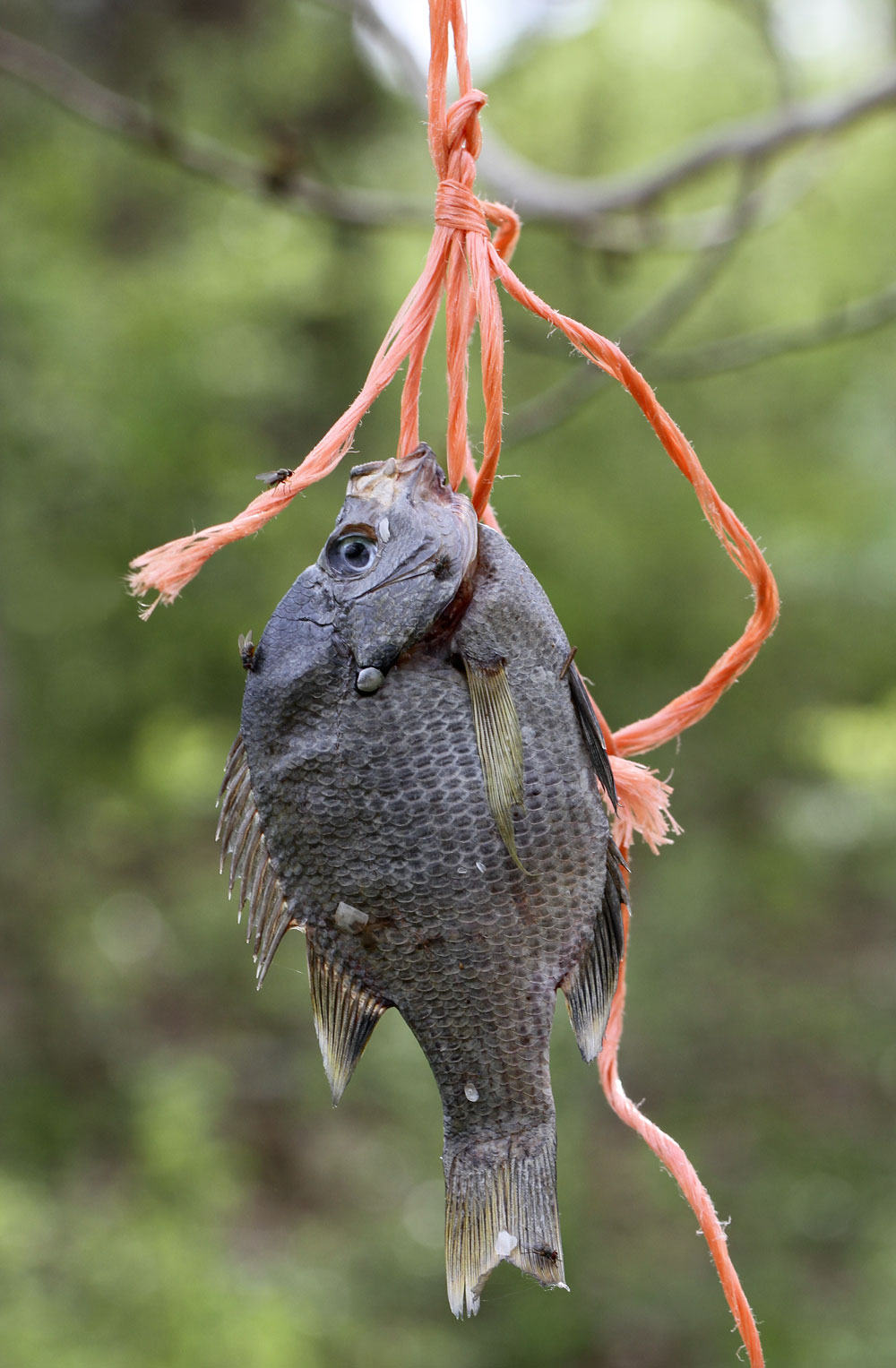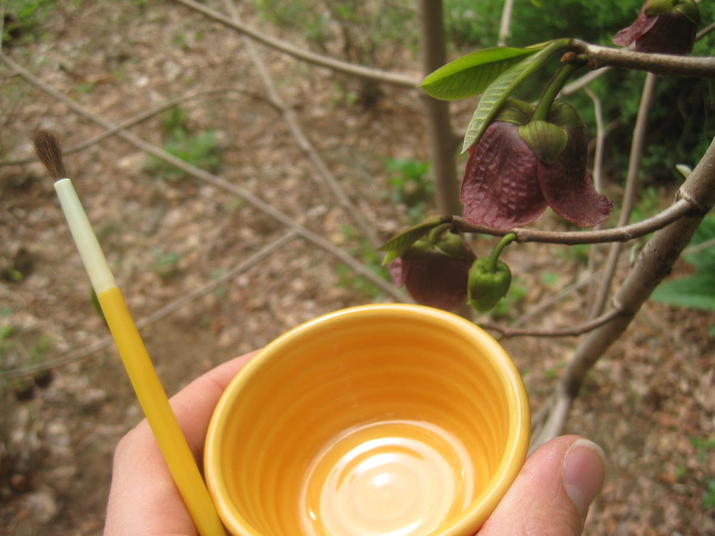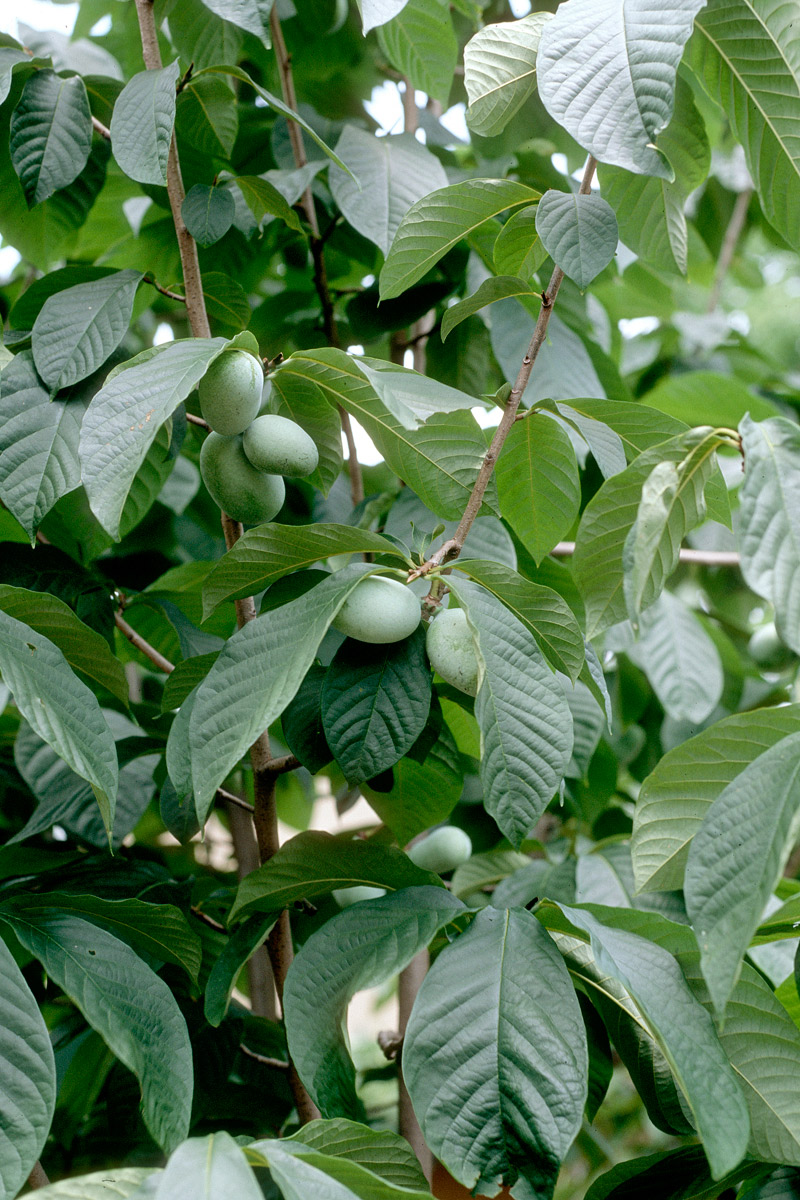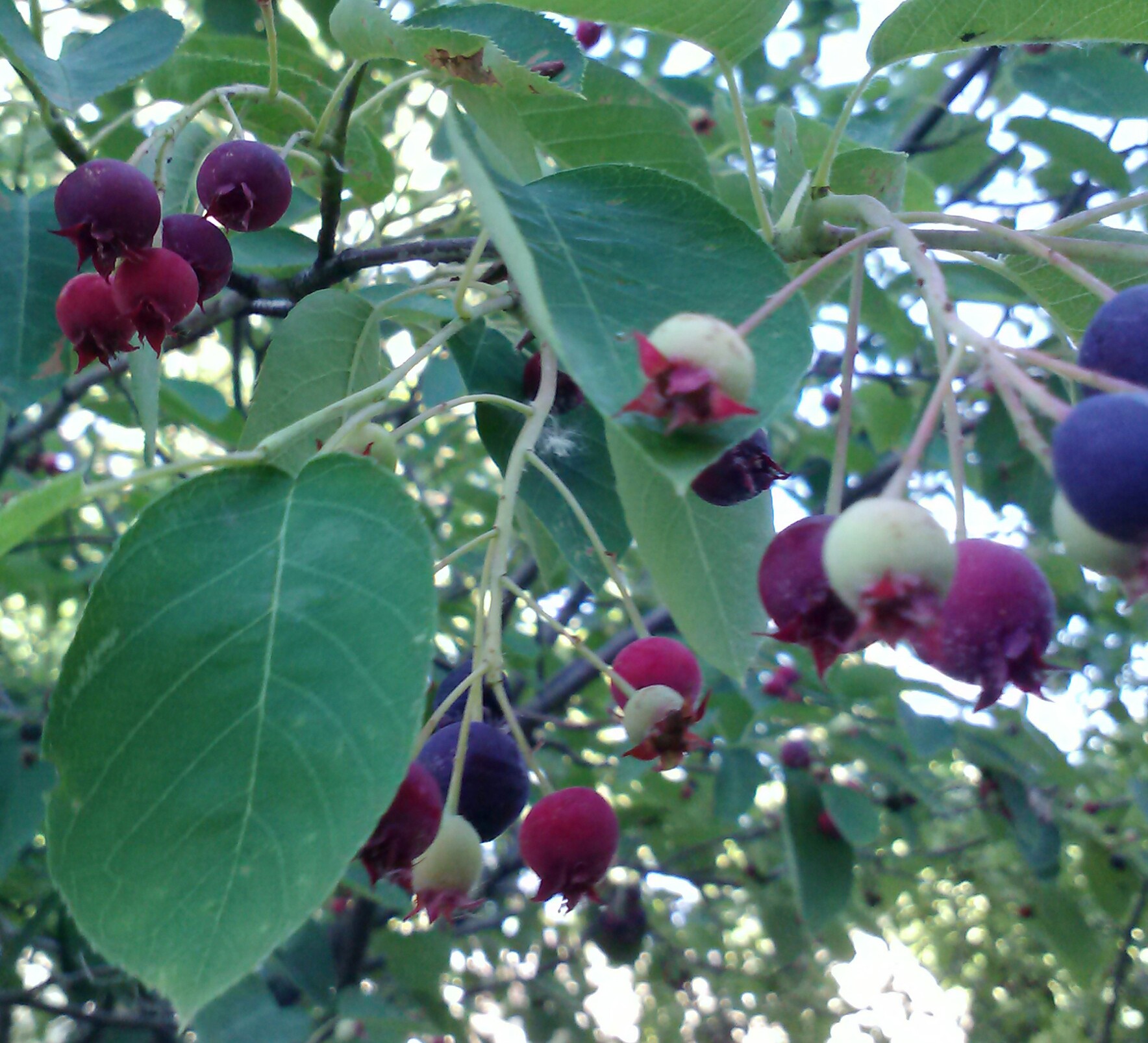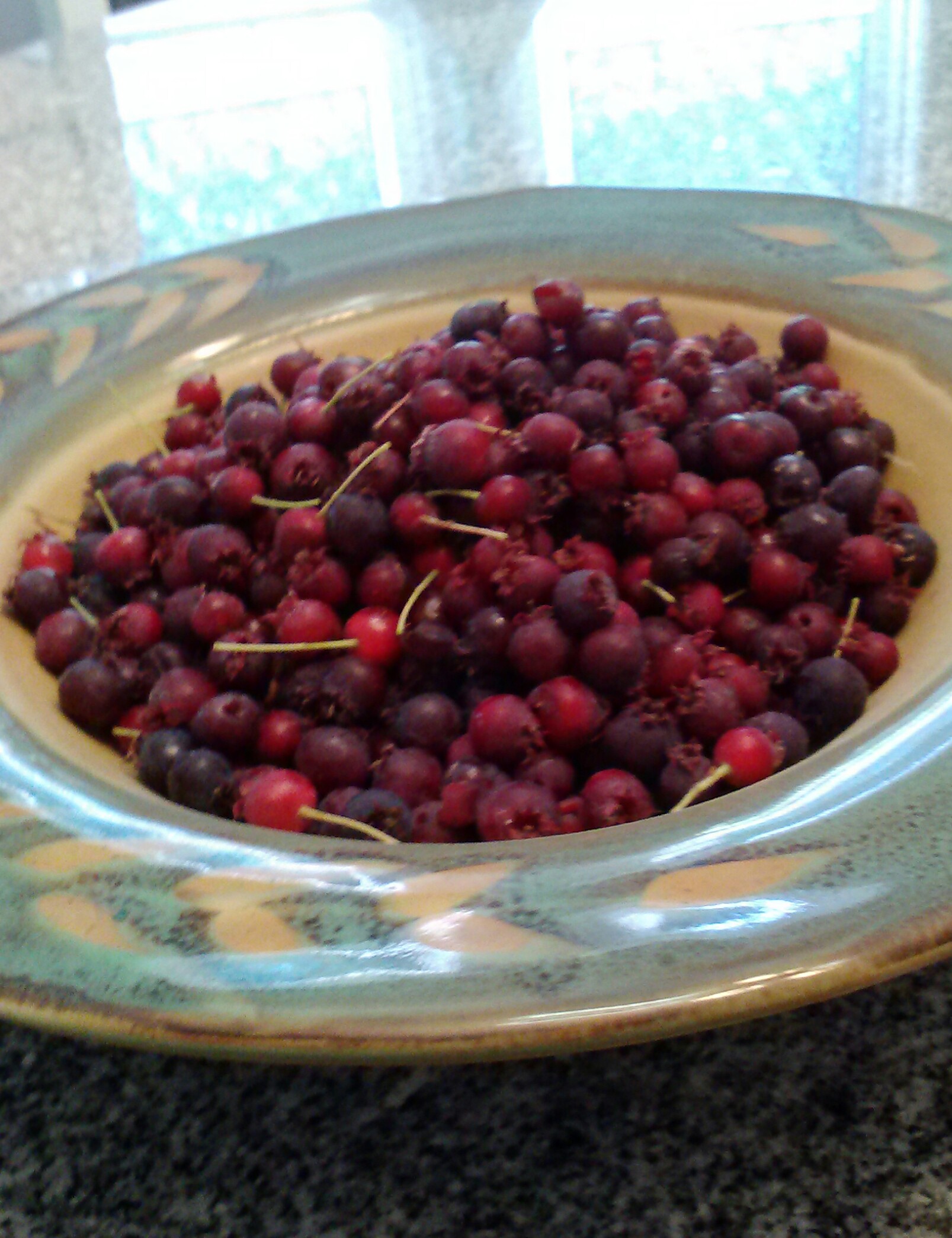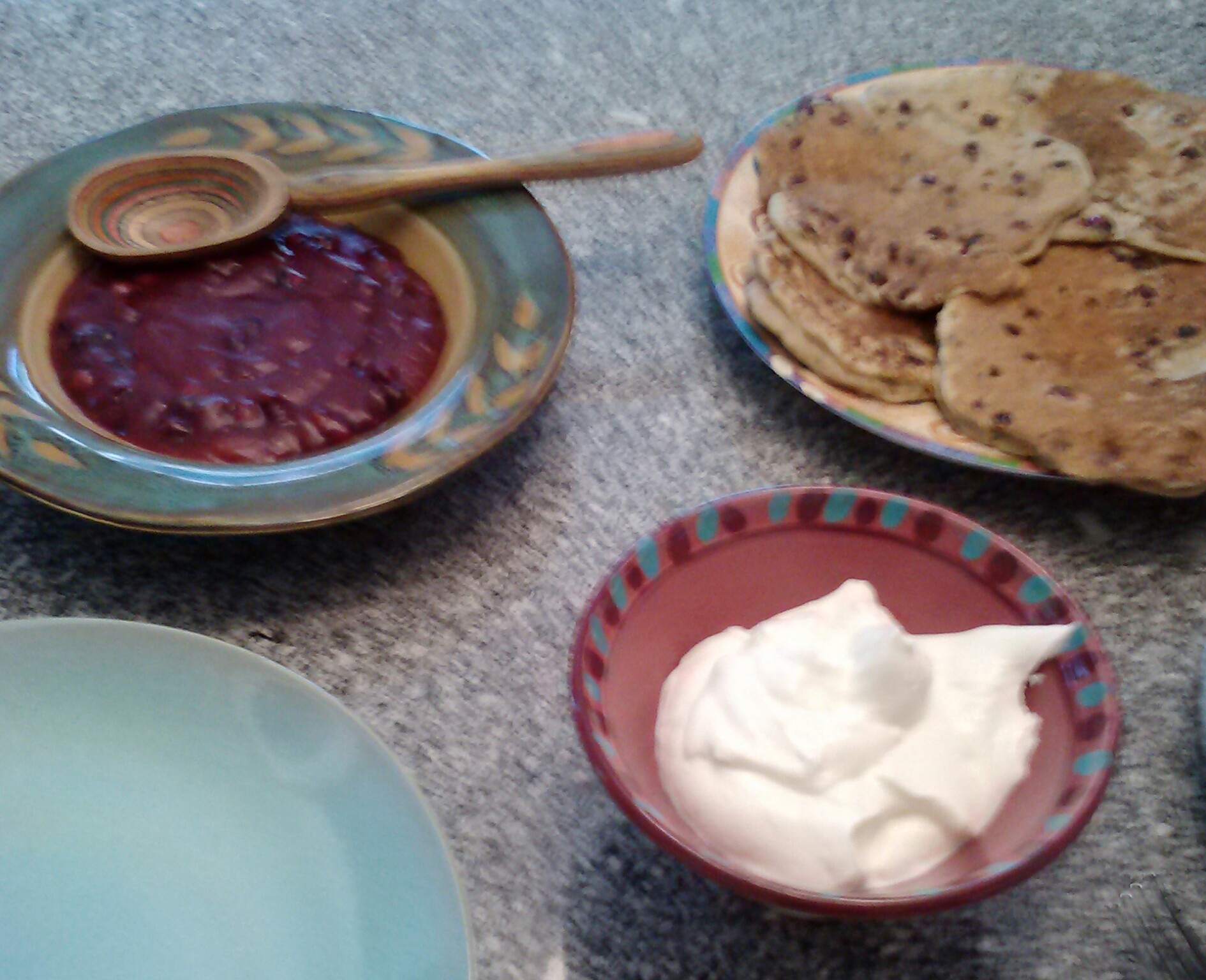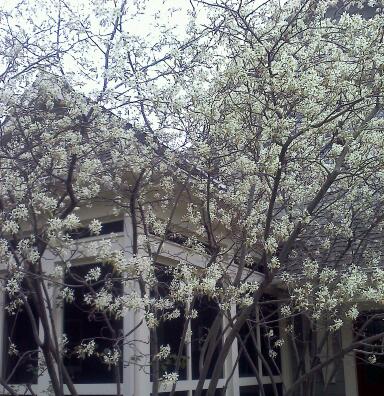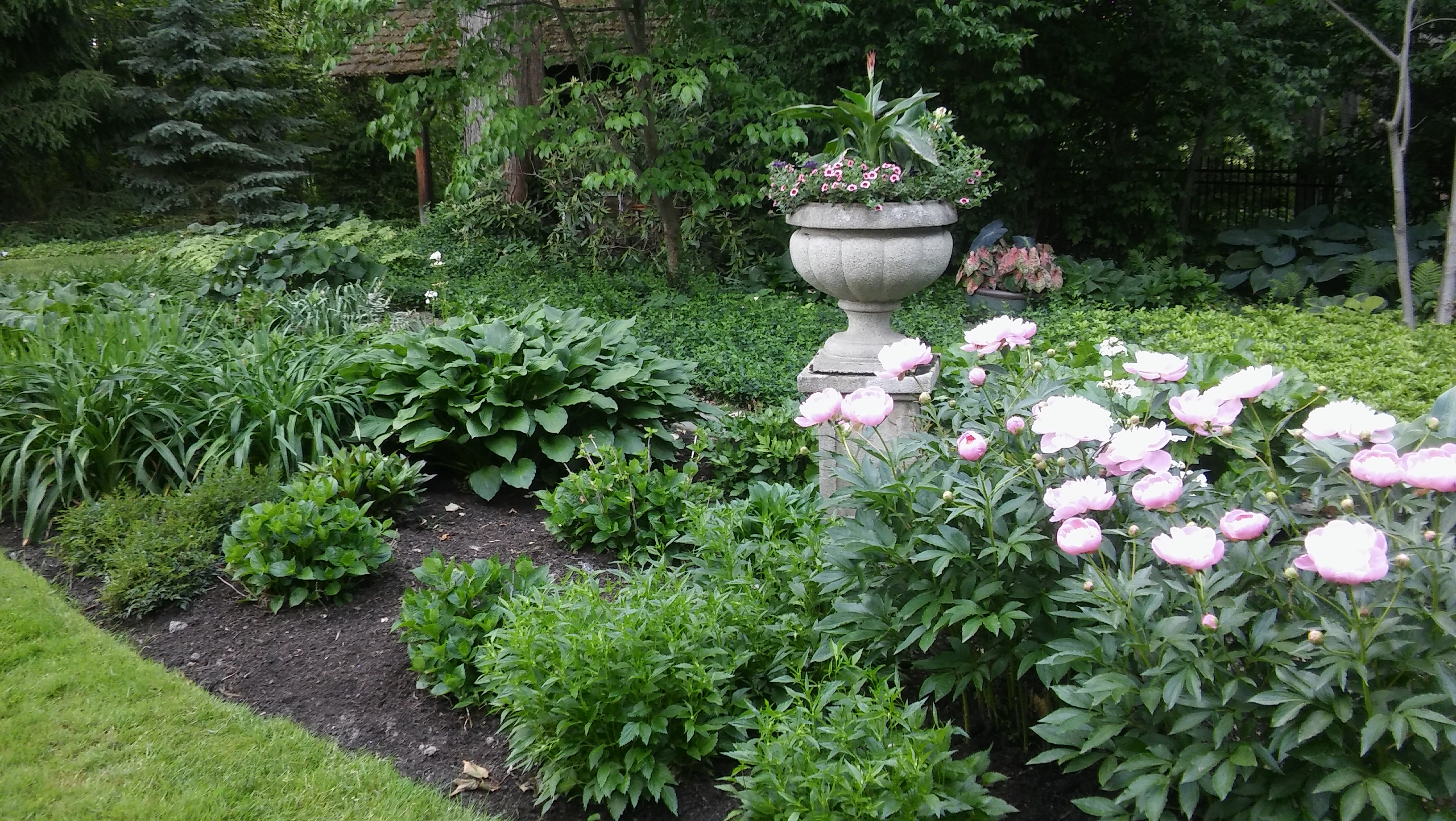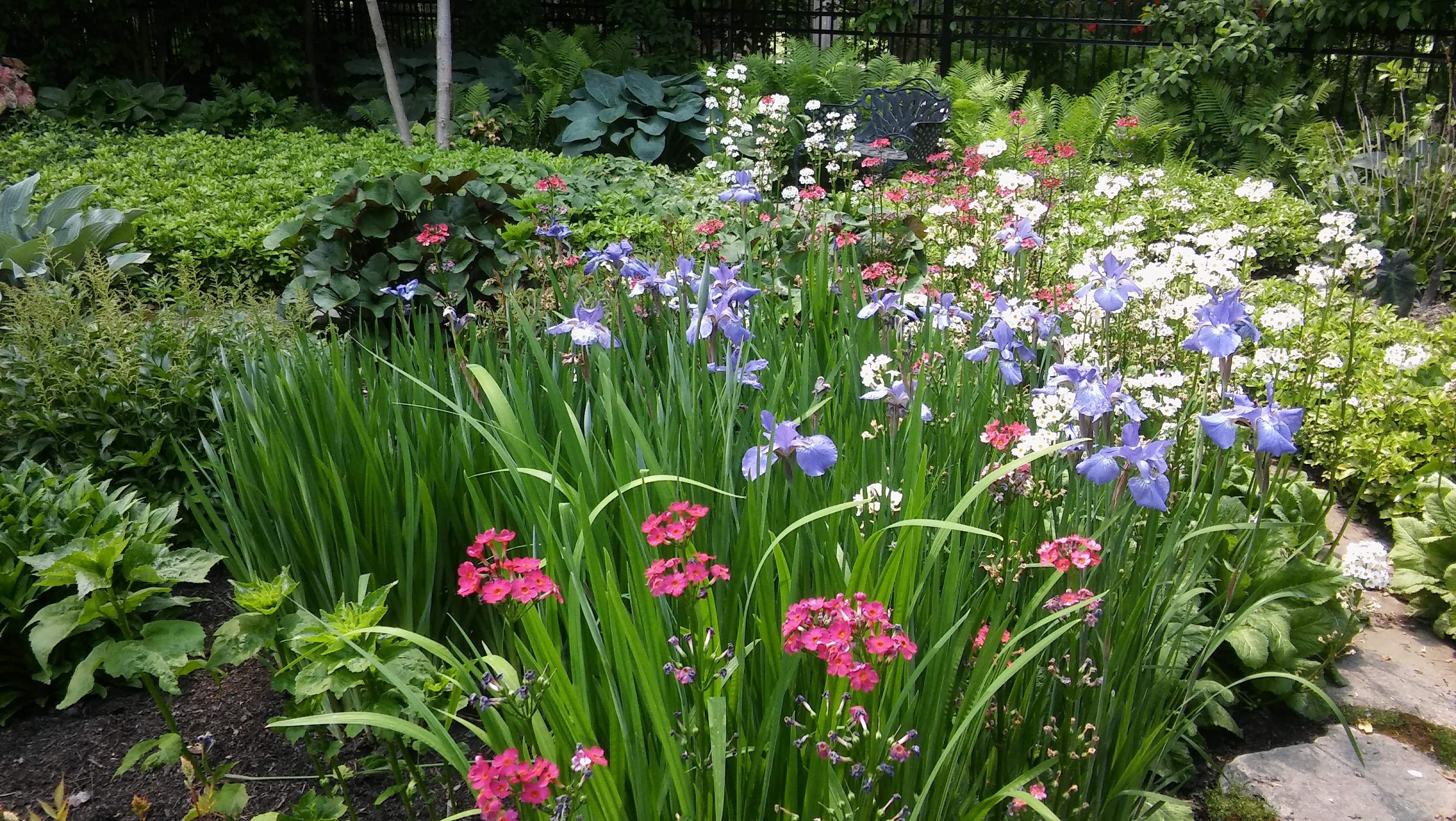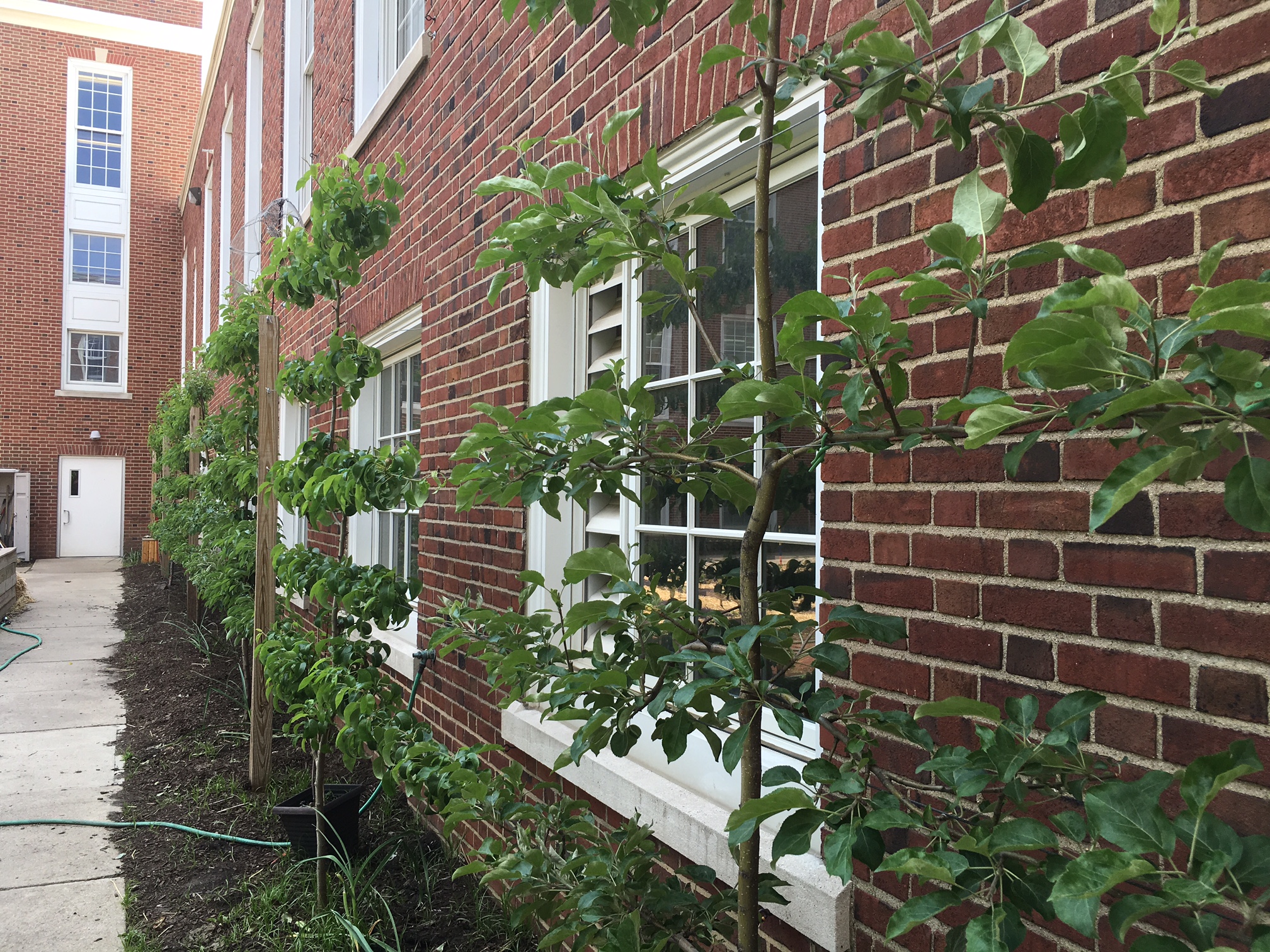by Victoria Mills
Doan Brook connects us. It’s an elegant simplicity that can get lost in our bustling, urban neighborhoods. Elsa Johnson’s kind invitation to reach out to the Gardenopolis Cleveland audience gives us the opportunity to, not only highlight the Doan Brook Watershed Partnership’s recent activities, but also to reiterate the goals that we share.
The work of the Partnership is important to local, clean water, but it’s equally important to community. Through our work, kids and adults from ‘Heights’ communities work alongside new friends from the Cleveland neighborhoods of University Circle, Little Italy, Shaker Square, Larchmere, Buckeye. St Clair-Superior and Glenville.
As they pull invasive weeds or remove litter from the Brook, they laugh and grow an understanding that clean water requires effort from each one of us, in every single neighborhood within each of the watershed municipalities of Cleveland, Cleveland Heights and Shaker Heights. Community-building in the Doan Brook Watershed has a wonderful cyclical rhythm, as people learn to fish, build rain-barrels, plant trees, and paddle Lower Lake at many events throughout the year.
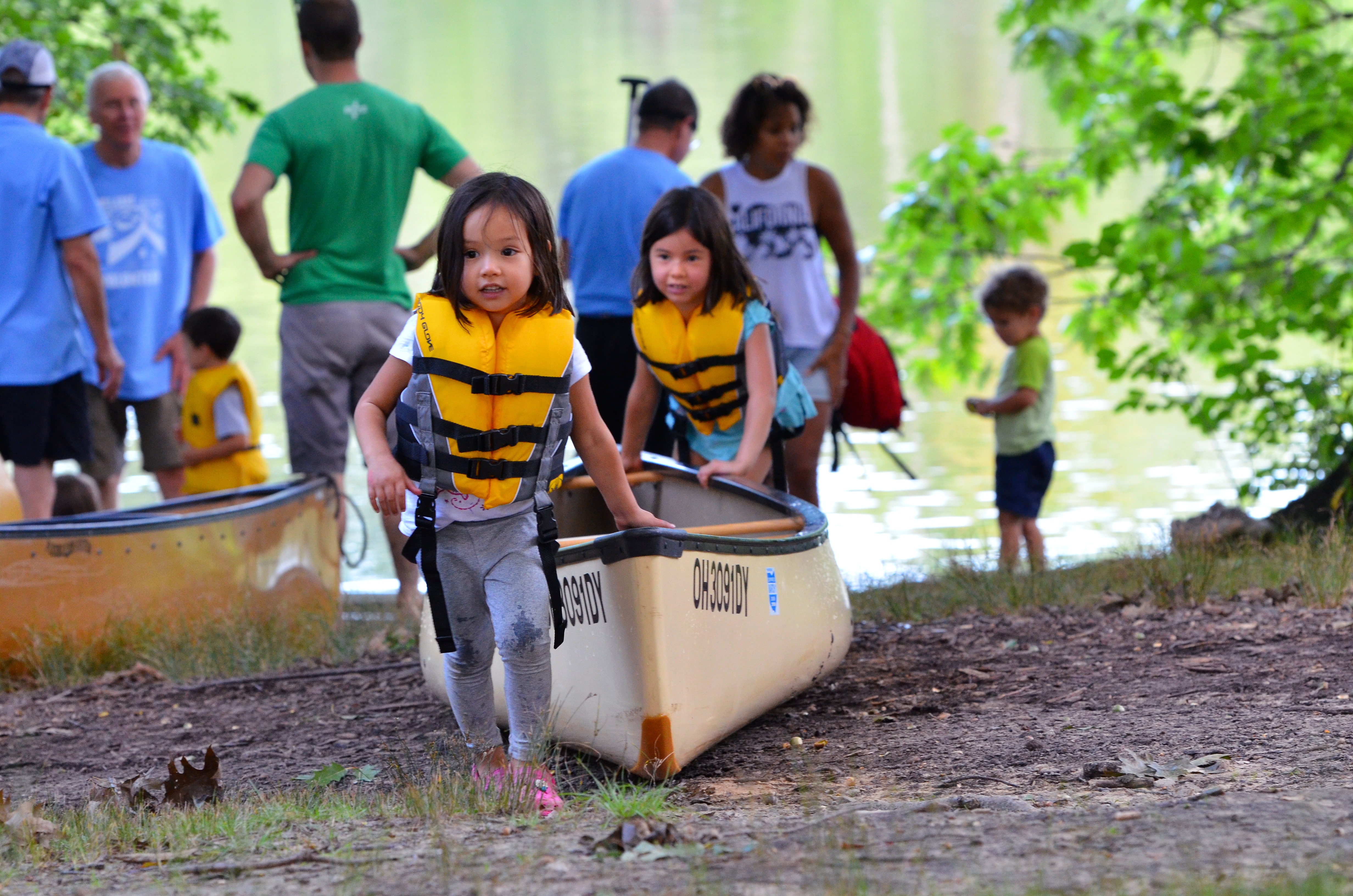 Like healthy aquatic ecosystems, our watershed landscapes are inherently more diverse when gardens replace the monoculture of lawns. Some lawn has a role in our communities and homes, as a place for outdoor recreation and relaxation. When lawns consume an inordinate percentage of our urban landscapes, they are expensive to maintain, create needless, polluted runoff and can become a void for biodiversity– including for critical soil life and pollinators. For this reason, the Partnership applauds Gardenopolis’ vision for inclusion and diversity in both plant and human populations. Diversity equals resilience for our future communities and landscapes.
Like healthy aquatic ecosystems, our watershed landscapes are inherently more diverse when gardens replace the monoculture of lawns. Some lawn has a role in our communities and homes, as a place for outdoor recreation and relaxation. When lawns consume an inordinate percentage of our urban landscapes, they are expensive to maintain, create needless, polluted runoff and can become a void for biodiversity– including for critical soil life and pollinators. For this reason, the Partnership applauds Gardenopolis’ vision for inclusion and diversity in both plant and human populations. Diversity equals resilience for our future communities and landscapes.
In fact, in twelve years since our inception, with collaboration from diverse partners, we have restored thousands of feet of stream, filtered acres of untreated stormwater with new raingardens, improved biodiversity with hundreds of trees and native plants, invited tens of thousands of people to interactive workshops and events and, most importantly, raised awareness about our local treasure, the Doan Brook. Needless to say, we hope to multiply these efforts in the future. With only two staff, the Partnership is grateful for an active volunteer corps. Individuals step forward to help with everything from cleaning up litter to running big events of 200-700 people. Great teams of students, especially from Hawken, Shaker, CMSD, Laurel and Case Western Reserve, provide the bulk of person-power needed to remove invasive species and install and maintain raingardens.
The primary way that restoration along the Doan moves forward is through successful grant applications, submitted by either the Partnership or one of its partners. Restoration projects at the Nature Center at Shaker Lakes, Woodbury School, Shaker Country Club and Rockefeller Park have provided new in-stream and riparian habitats in the last ten years.
In early 2015, the Partnership received nearly $180,000 from the Sustain Our Great Lakes Foundation to remove a concrete debris rack spanning the width of Doan Brook, at the western end of the Gorge, 90 feet upstream from the Martin Luther King, Jr. (MLK) Drive, between Fairhill and North Park Blvds. The failed debris rack is a source of impairment, not prevention because it prevents the natural movement of bed-load and fish. The Doan Gorge Habitat Restoration Project will create a comprehensive solution to restore ~300 linear feet of Doan Brook in the pristine Gorge. Since receiving the grant, DBWP assembled a Technical Advisory Committee that includes engineers from Cleveland, Cleveland Heights, Shaker Heights and the Northeast Ohio Regional Sewer District (NEORSD). The committee will work with consultants to model hydraulics and study all options from complete removal to dam modifications. Regardless of which option is chosen, the project will restore the streambed profile, proper sediment transport, and the Brook’s original channel alignment. In addition, invasive species will be removed from the project reach.
This year the Partnership finished initial plan designs for four restoration sites along the Doan, with a $50,000 grant from Great Lakes Restoration Initiative (GLRI). For many smaller organizations like ours, long-range planning amid the day-to-day realities of programming and managing the organization can be a challenge. When major grant funding becomes available, it is critical to have plans ready at short notice. This GLRI grant allowed us to prepare plans for four targeted restoration interventions along the Brook, including an estuary where the Doan enters Lake Erie, a new oxbow meander at Sowinski Park, the removal of eleven check dams, and tributary repairs throughout the Canterbury Golf Course. It’s important to reemphasize that, although we are excited about these potential restoration sites, these plans are not yet projects. This study showed that these four concepts are plausible, but it will take more study, more discussion with stakeholders, and, of course, more grant funding to move forward with any of them.
The Partnership invites all the wonderful gardeners of the Gardenopolis community to learn more about our projects, home-habitat workshops, fun outdoor events and volunteer opportunities. And, as well as your participation, we invite your suggestions for how to improve the quality and access of the Doan Brook. A study conducted by the John S. and James L. Knight Foundation interviewed 43,000 people in 26 communities to learn what bonds them to where they live. In every region of the country, above economy and schools, the following three qualities ranked highest: a sense of openness, social gathering places and beautiful green spaces. The work of Gardenopolis Cleveland and the Doan Brook Watershed Partnership promotes all three of these crucial elements. And the Doan Brook gives our community a common focal point that, despite our differences, reminds us how we are interconnected and interdependent.
We look forward to working with gardeners to restore our watershed landscape and build strong attachments to our local places for many more years to come.
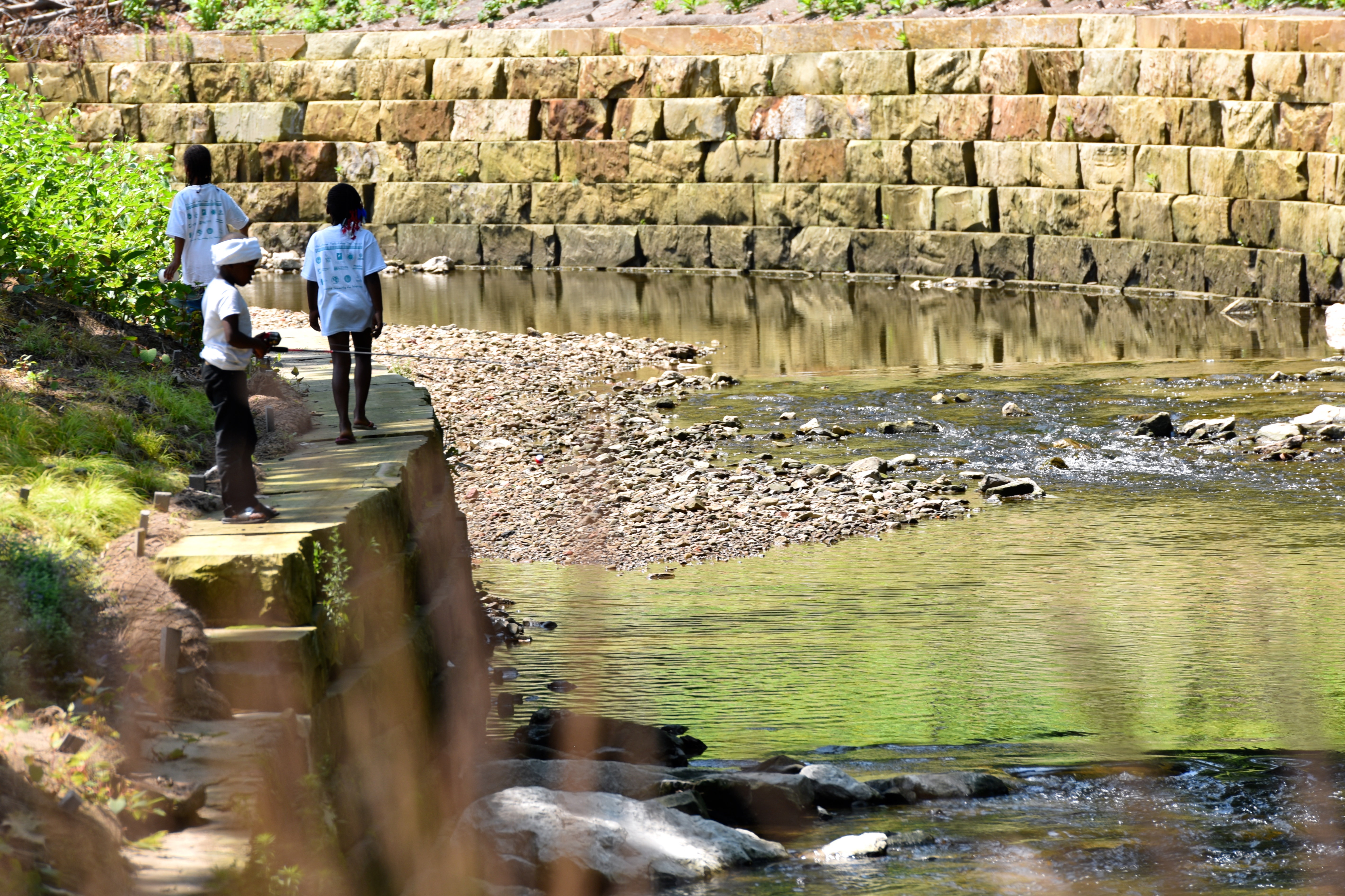
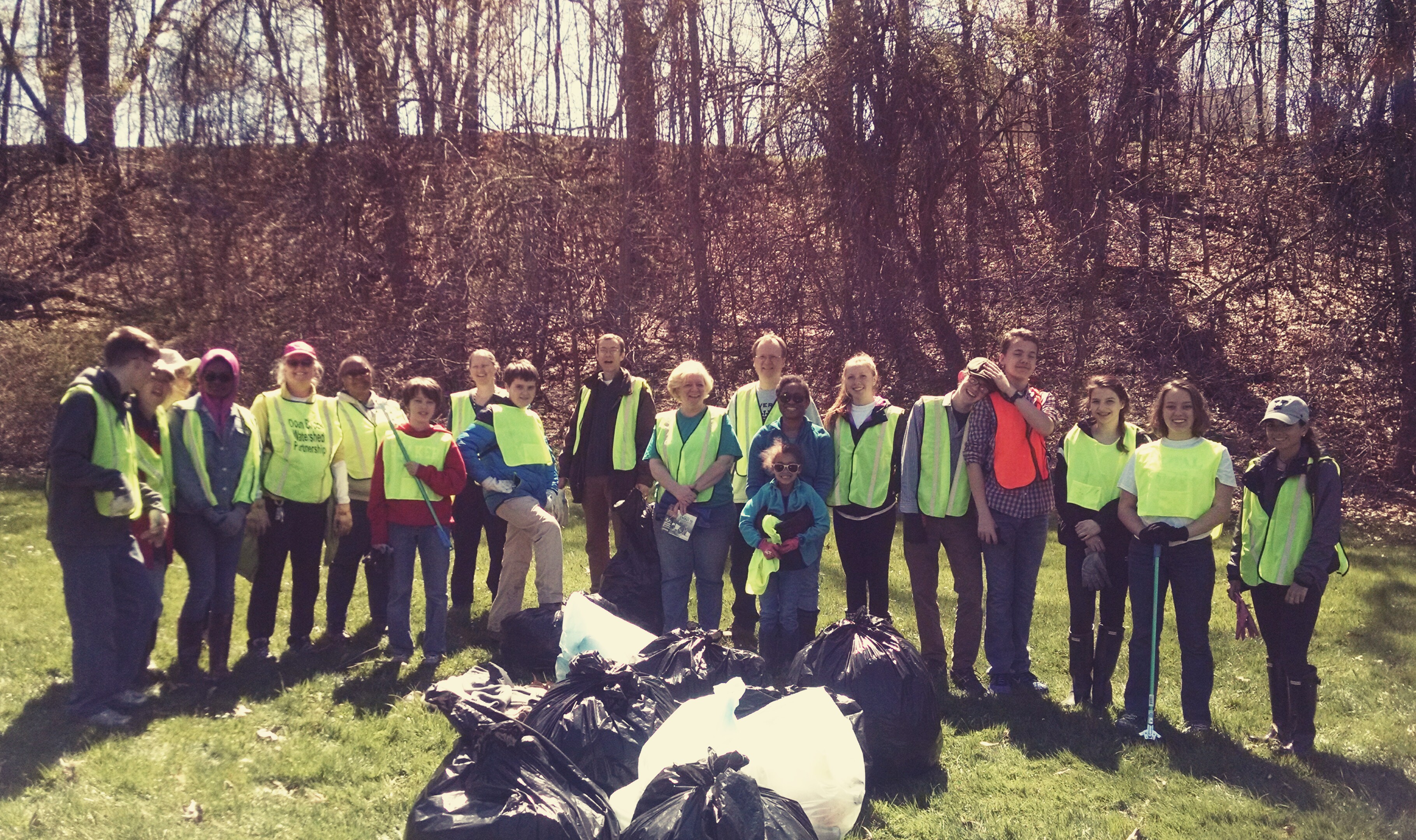
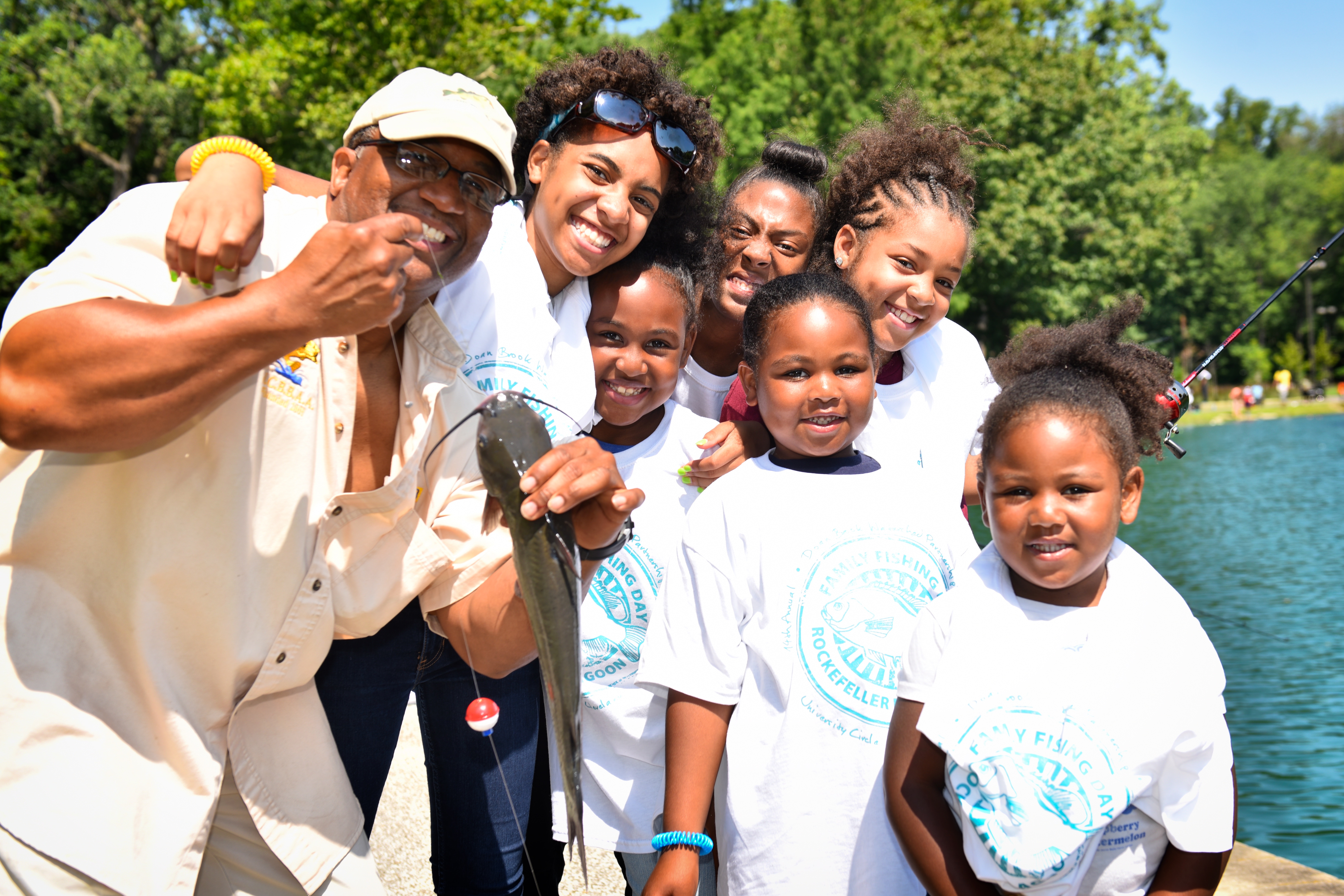
![IMG_8019[1]](http://www.gardenopoliscleveland.org/wp-content/uploads/2016/06/IMG_80191.jpg)
